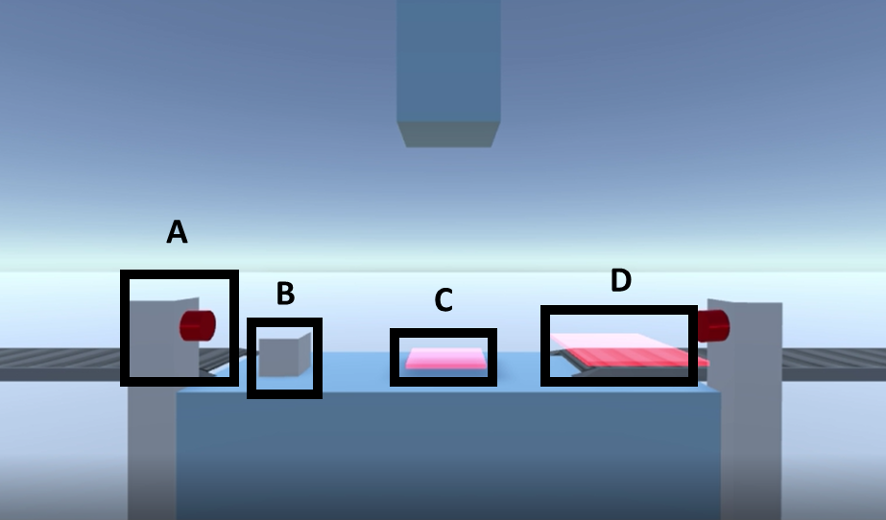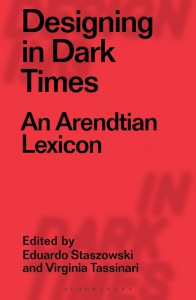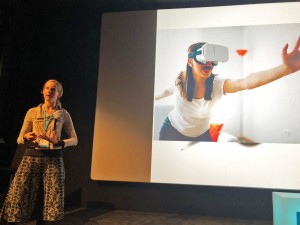By Nadine van der Waal
Virtual Reality (VR) is considered a useful tool within food-related applications. An example is Virtual Reality Exposure Therapy, whereby patients are repetitively exposed to virtual food objects without eating, assuming that this leads to a decrease in their food cravings or anxiety. VR could also be used as a measurement tool for food choices, for example in a Virtual Supermarket. However, it is important to know whether responses to virtual food are similar to responses to real food in order to assess the effectiveness of using VR as a tool for food-related applications. Therefore, I conducted a study — together with Nynke van der Laan, Loes Janssen, Marjolijn Antheunis, and Emiel Culleton — to examine the effects of virtual and real food (vs. non-food) cues on people’s physiological and psychological responses.

Students who participated in the experiment were exposed to four different stimuli: real food, virtual food, real non-food and virtual non-food (see image). Participants were told not to swallow during the one-minute exposure. Physiological responses to the stimuli were measured with respect to the amount of salivation, which participants had to spit out after each exposure, and which was weighed by the experimenter. As an additional psychological response measure, we elicited the participant’s level of craving on a scale from 0 to 100.
The results regarding real food cues were in line with our expectations and resemble those observed in previous studies: exposure to real food leads to stronger cravings and salivation than exposure to non-food. When looking at responses to virtual food cues, we found that psychological responses were similar, such that exposure to virtual food led to higher cravings than exposure to virtual non-food. Nevertheless, the cravings were somewhat weaker after exposure to virtual food, compared to real food. This can be explained in terms of the discrepancies between the experience of virtual food and real food, like the absence of touch and smell in VR.
However, we did not see these similarities in physiological responses between real life and VR for these appetitive stimuli. This was unexpected, as VR is generally known for the ability to elicit strong physiological fear responses, for example when one is exposed to feared stimuli (such as spiders), or arousing stimuli (such as standing on top of a building). It would be interesting to further examine whether physiological virtual food cue responses occur when adding other ‘real-world’ cues, for example smell or touch of food objects.
This study was published in Food Quality and Preference. You can read the full paper here.



